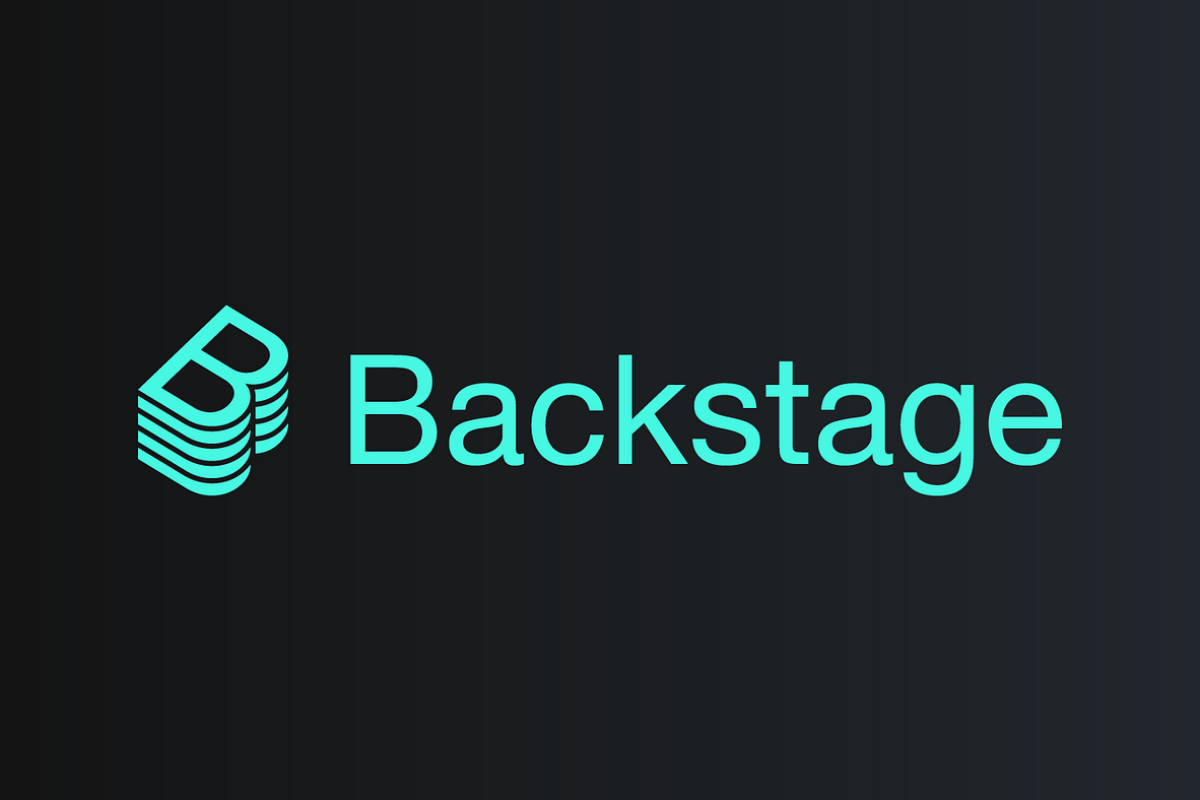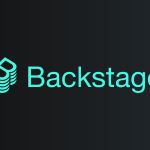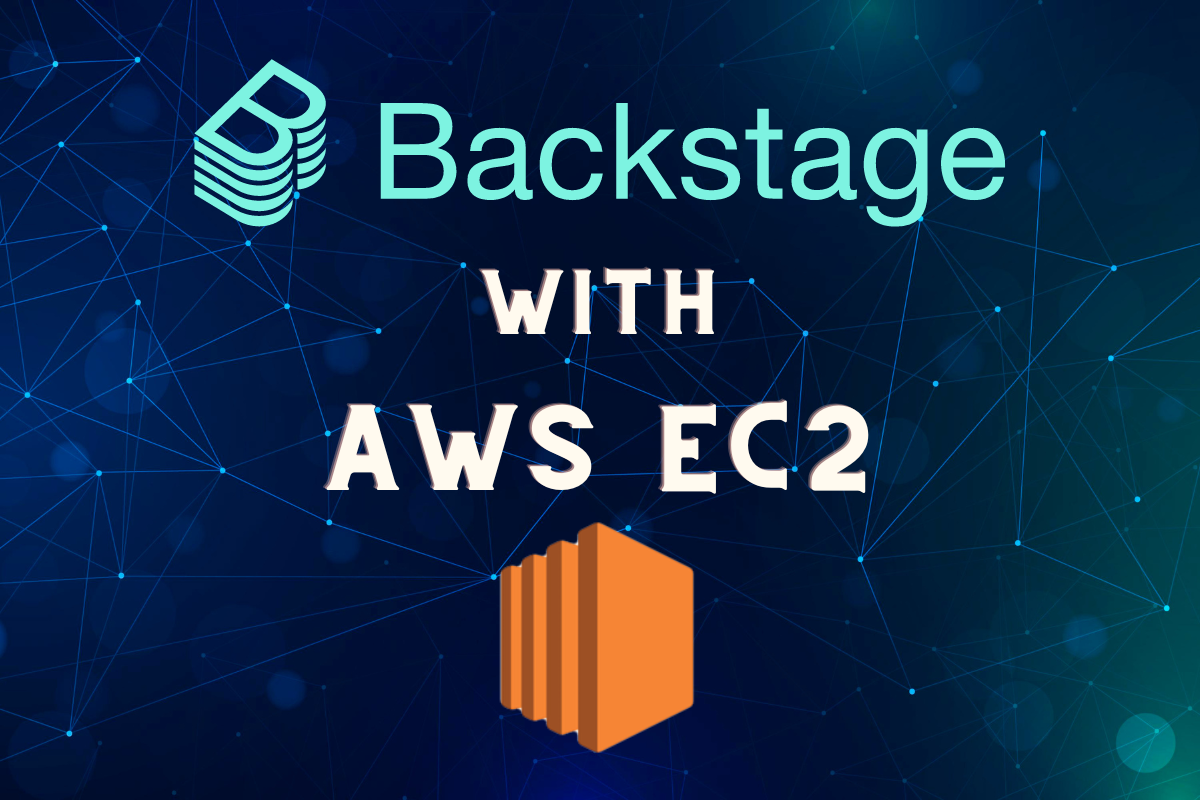Which is the Best Backstage Portal: Open Source or Enterprise?
Backstage, a versatile platform originally developed by Spotify, has emerged as a cornerstone for creating developer portals. As organizations consider adopting Backstage, they face a critical decision between utilizing the open-source version or opting for a potential enterprise offering. This choice hinges on understanding the distinct features, support structures, and customization options available in each version.
The open-source Backstage offers extensive customisation and community-driven support, appealing to organisations looking for flexibility and cost-effectiveness. Conversely, an enterprise offering may provide enhanced features, professional support, and integrated solutions tailored for larger-scale operations and regulatory compliance needs. Making an informed decision involves weighing these factors to align with organisational goals and operational requirements effectively.
What is Backstage?
Backstage is an open-source platform originally developed by Spotify, aimed at simplifying the management of complex infrastructures and services. It centralizes all infrastructure tooling, services, and documentation to create a streamlined developer experience. Backstage provides a single-pane-of-glass view for your developers, helping them to discover, manage, and maintain all software and infrastructure components easily.
In addition to its open-source iteration, which fosters community-driven innovation and customisation, there is potential for an enterprise-grade version. Such a version might offer advanced security features, compliance tools, and proprietary integrations, catering to the needs of large-scale enterprises with stringent operational requirements. This dual approach allows organisations to choose between the flexibility and community support of the open-source model or the enhanced features and professional support of an enterprise solution, depending on their specific organisational needs and goals.
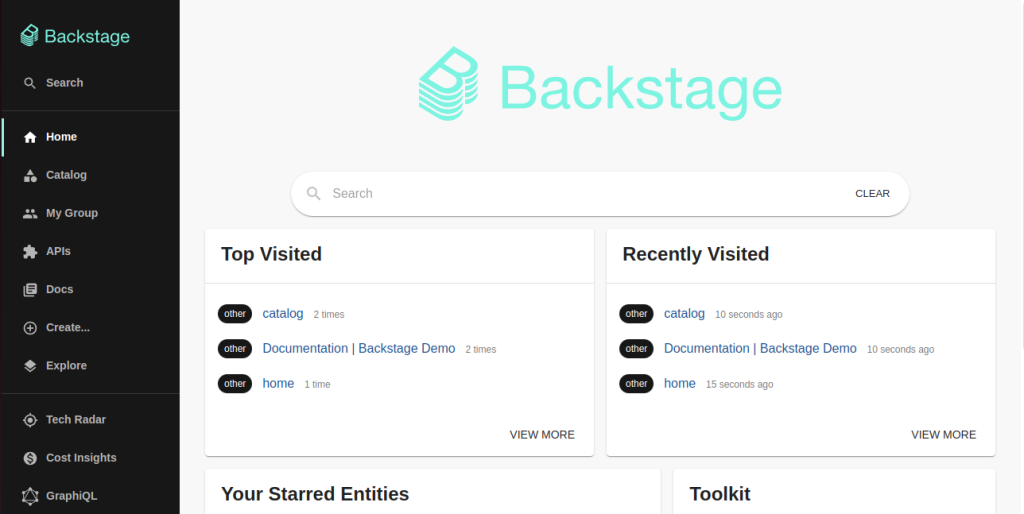
Core features of Open Source Backstage
Software Catalog
- Discoverability: Open-source Backstage provides a centralized catalog that aggregates all services, libraries, and infrastructure components within an organization. This catalog serves as a unified hub where developers can easily explore and discover various resources, eliminating the need to search across multiple platforms or repositories.
- Metadata Management: Each component within the catalog is enriched with detailed metadata. This includes essential information such as ownership (who is responsible for maintaining the component), dependencies (other components it relies on), and comprehensive documentation links. This metadata not only aids in understanding the component’s role but also facilitates efficient management and collaboration among development teams.
TechDocs
- Standardized Documentation: TechDocs is a pivotal feature of Backstage that streamlines the creation and distribution of documentation. It automatically generates documentation from Markdown files stored in your organization’s code repositories. This standardized approach ensures consistency in documentation across different projects and services.
- Searchable: The documentation generated by TechDocs is fully searchable, enabling developers to quickly locate relevant information. This capability significantly enhances productivity by reducing the time spent searching for documentation scattered across various sources.
Plugins
- Extensibility: One of the defining characteristics of Backstage is its extensibility through plugins. The platform boasts a thriving ecosystem of community-contributed plugins that integrate with a wide array of developer tools and services. These plugins cover diverse functionalities such as continuous integration and delivery (CI/CD), monitoring, cloud providers, issue tracking systems, and more. Organizations can leverage these plugins to tailor Backstage to their specific needs and integrate it seamlessly into their existing workflows.
- Customisation: Developers have the freedom to create custom plugins that extend Backstage’s functionality beyond its core capabilities. This customization empowers organizations to adapt Backstage to their unique requirements, integrating proprietary tools or implementing specialized functionalities that enhance their development processes.
Additional Features
- Analytics and Reporting: Advanced analytics and reporting capabilities within Backstage enable organizations to track key metrics related to software development, such as deployment frequency, code quality trends, and team productivity. These insights empower teams to identify bottlenecks, optimize workflows, and drive continuous improvement across development cycles.
- Integration Dashboard: Backstage can provide an integration dashboard that displays real-time data from integrated tools and services. This dashboard offers insights into project health, resource allocation, and workflow efficiency, helping teams make informed decisions and optimize their development processes.
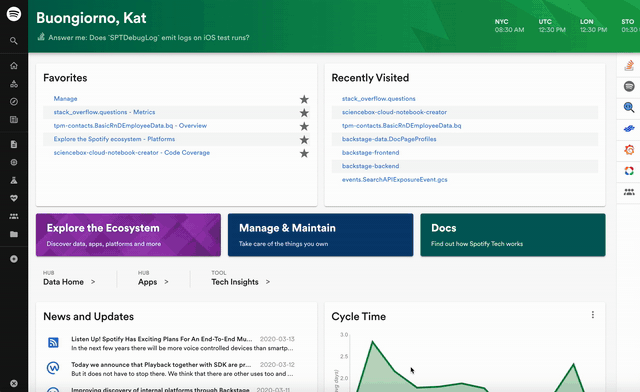
Core features of Enterprise Model of Backstage
Advanced Security and Compliance
- Access Control: The enterprise version of Backstage offers granular role-based access control (RBAC) mechanisms. This allows organizations to define precise permissions for different user roles, ensuring that only authorized personnel have access to sensitive information and critical functionalities. Integration with single sign-on (SSO) solutions further enhances security by centralizing user authentication and access management.
- Compliance: Enterprises often require tools and features to ensure compliance with regulatory standards such as GDPR, HIPAA, and others. The enterprise version of Backstage includes built-in compliance tools and features to help organizations meet these requirements without compromising security or operational efficiency.
Proprietary Plugins
- Enterprise Integrations: The enterprise version may include pre-built integrations with popular enterprise tools and systems. For example, integrations with ServiceNow for IT service management, Jira for issue tracking, and Splunk for log management can streamline workflows and enhance operational efficiency.
- Enhanced Monitoring: Advanced monitoring and analytics tools provide real-time insights into the performance and health of infrastructure and services managed within Backstage. This includes monitoring metrics, logs, and performance trends, enabling proactive identification and resolution of issues before they impact operations.
Performance and Scalability
- Optimized Performance: Enhanced performance optimizations cater to large-scale deployments typically found in enterprise environments. These optimizations ensure that Backstage can handle increased user loads and data volumes efficiently, maintaining responsiveness and reliability under heavy usage scenarios.
- Scalability Features: Tools for horizontal scaling and high availability ensure that Backstage can grow seamlessly with organizational needs. This includes automatic scaling of resources based on demand and redundancy measures to minimize downtime and maximize uptime.
Custom Solutions
- Consultancy: Consultancy services provide expert guidance for custom development, integration, and optimization of Backstage within specific organizational contexts. Consultants work closely with teams to understand unique requirements and tailor solutions that align with strategic objectives and operational workflows.
- Feature Requests: Enterprises have the ability to request new features and enhancements directly from the vendor. This collaborative approach ensures that Backstage evolves to meet evolving business needs and technological advancements, maintaining its relevance and effectiveness over time.
Key Difference between Enterprise and Open Source Backstage Models
Licensing and Cost:
Enterprise: Typically involves a licensing or subscription fee.
Open-Source: Free to use under open-source licenses like Apache License 2.0.
Customization and Flexibility:
Enterprise: May have limitations in customization compared to the open-source version but offers more polished, ready-to-use solutions.
Open-Source: Highly customizable, allowing organizations to modify and extend the platform extensively to fit specific needs.
Integration and Ecosystem:
Enterprise: Often comes with pre-built integrations and connectors for popular enterprise tools and services, facilitating seamless integration into existing IT ecosystems.
Open-Source: Requires manual setup and integration of plugins and extensions, with a rich ecosystem contributed by the community.
Scalability and Performance:
Enterprise: Optimized for scalability and performance, with features designed to handle large-scale deployments and high availability requirements.
Open-Source: Scalable but requires organizations to manage and optimize performance based on their specific deployment needs.
Choosing Between Both Backstage Models
- Enterprise Model: Suitable for organizations needing robust support, advanced features, and integrated solutions, willing to invest in a commercial offering for streamlined operations and support.
- Open-Source Model: Ideal for organizations with technical expertise, requiring flexibility, customization, and community-driven innovation, willing to manage their deployment and support internally.


